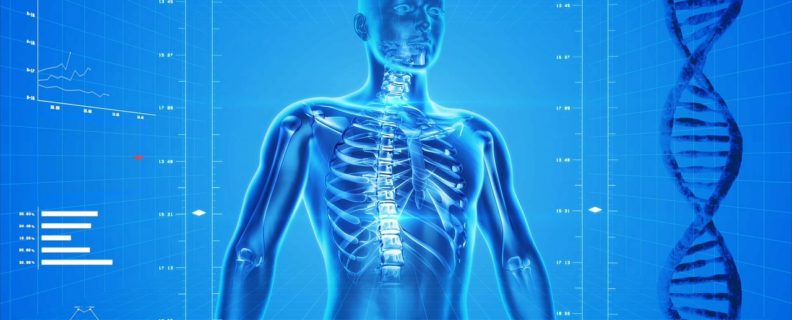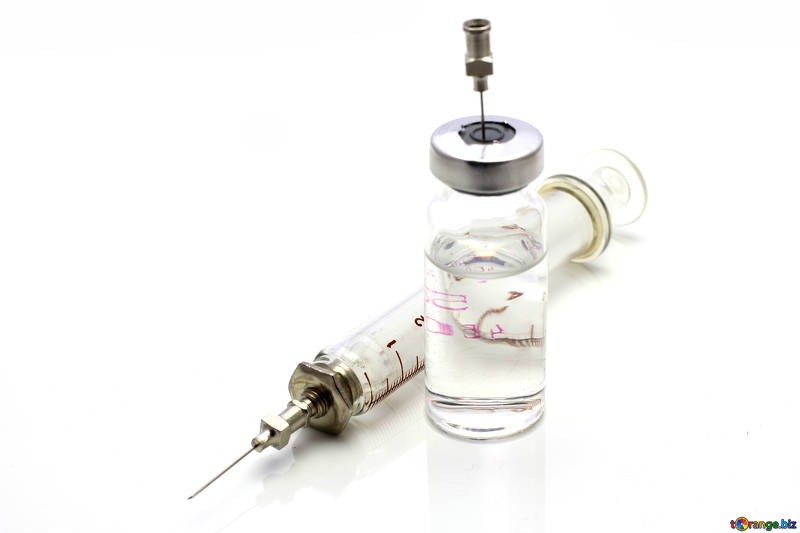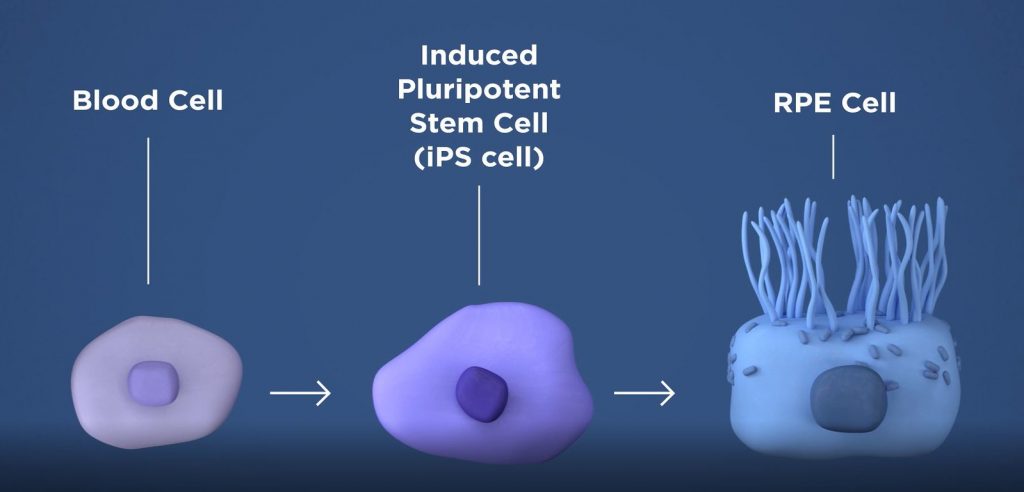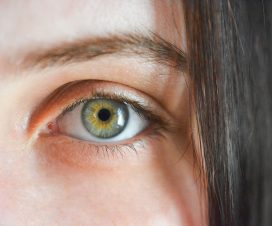
 What Are Stem Cell Injections?
What Are Stem Cell Injections?
Stem cell injections refer to the use of stem cells to prevent and cure diseases by replacing damaged cells and tissues in regenerative medicine.
This form of treatment applies in neurodegeneration conditions, brain and spinal cord injury, and heart conditions. It is also used in the treatment of blood cell formation, regrown teeth, cochlear hair cell regrowth, and vision impairment.
Furthermore, research on therapies of pancreatic beta cells, orthopedics, wound healing, infertility, and HIV/AIDS with stem cell injections are ongoing.
What are Stem Cells?
Before talking about stem cell injections, we need to understand what stem cells are. Simply put, these are special human cells. They can develop into countless cell types, ranging from brain cells to muscle cells.
There are situations in which stem cells repair tissues that are damaged. According to researchers, stem cell therapies will eventually treat various devastating ailments. This includes Alzheimer’s and paralysis.
Stem Cells – Types
There are two main types of stem cells according to development:
- Embryonic stem cells
- Adult stem cells
Embryonic stem cells are nowadays common in medical research. They usually come from embryos that are unused, normally from in vitro fertilization. Such embryonic stem cells can transform into any cell type. Basically, they are what scientists call pluripotent.
2 categories of adult stem cells exist:
- Stem cells coming from fully developed tissues. This includes skin, bone marrow and brain. Such stem cells are in limited supply and only generate specific cell types. For instance, the stem cell coming from your brain only generates brain cells.
- Induced pluripotent stem cells. Basically, these are adult cells that were manipulated inside a lab in order to become similar to the embryonic stem cells in their pluripotent characteristics. The possibility of transforming these stem cells became a reality in 2006.
 Examples of Stem Cell Treatments
Examples of Stem Cell Treatments
Bone marrow transplant for people living with cancer of leukemia and lymphoma. Cytotoxic agents kill the most growing cells in chemotherapy. These agents do not differentiate between leukemia cells and the bone marrow hematopoietic cells.
Thus, stem cell treatment attempts to overcome this fault by targeting the specific affected cells.
A donor's healthy bone marrow stem cells replace the cells lost during treatment. Due to this, the transplanted cells generate the immune response that kills the cancer cells. Obviously, success rates apply.
The most prevalent form of stem cell treatment in the bone marrow transplant. Millions of patients are saved with this treatment.
Prochymal stem cell therapy for children who are unresponsive to steroids. It is based on mesenchyme stem cells derived from the bone marrow of adults. It's a form of allogeneic stem therapy. The MSCs are purified and stored frozen in packages.
Additionally, there are five stem cell products derived from umbilical cord blood and these products treat both blood and immunological diseases. However, the doctor offers this information. Basically, you do not need to worry about it.
Stem Cell Treatments: Effective and Safe
Stem cells work through precise and intricate methods that require advanced equipment.
These methods include; provision of immunological and anti-inflammatory effects, separating tissues into either bone, tendon, cartilage, or ligament tissues, and inhibiting apoptosis which is cell death.
Stem cell injections support tissue remodeling after scar formation due to injury. They provide a home to damaged cells and recruit other cells such as endothelial lining cells of a blood vessel that are necessary for tissue growth.
Mechanism of Cell Therapy
Stem cell therapy involves the stimulation of original progenitor cells. This stimulation is through direct cell contact or indirect via niche modification. Thus applicable in cardiac cell therapy and bone marrow cell infusion.
Cell fusion is a mechanism where bone marrow cells fused with organ tissue cells. One way is through Horizontal Material Transfer Mechanism, which involves microvesicles, exosomes, and mitochondria.
Another common mechanism is General Paracrine Stimulation Mechanism which includes; angiogenesis where transplanted cells release antigenic factor that improves vascularization of ischemic tissue.
Tropic factors where the DKmix cells improve skin and wound healing by promoting the proliferation of fibroblasts.
 Side Effects of Stem Cell Injections
Side Effects of Stem Cell Injections
Negligence during treatment can lead to life-threatening infections or even harm the immune system of a person. During the infusion, a contaminated virus can find its way back into the patients.
After transplants, the patient suffers from fatigue, lack of appetite, diarrhea and nausea, hair loss, skin rash, yellowing of skin and eye, dryness or pain in the mouth, and joint pain.
Safety and Efficacy
Regenerative Medicine has proven stem cell injections safe and effective.
Examples of stem cell treatments include; hematopoietic stem cell transplantation such as bone marrow transplantation. Skin and corneal injuries and diseases treated by implanting tissues.
Since stem cells are specific to specific tissues, the same stem cell treatment may fail to work for diseases affecting tissues and organs within the body. Induced pluripotent stem cells are therefore sufficient for these diseases.
For more information about diseases that can be treated using stem cell therapy, visit Euro Stem Cell.




